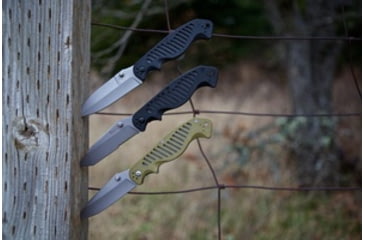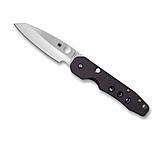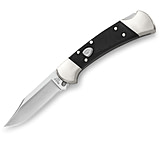There are many different types of knife blades to consider while shopping for a knife, and the best blade shape for you depends on your intended uses. Even if you just want a pocket knife, you need to understand knife designs and how different blade types excel at specific tasks. In this guide, we’ll discuss the three main blade edge styles and break down thirteen of the most popular knife blade styles on the market.![]()
The 3 Main Types of Knife Blades
Before we get into specific blade styles, it’s important to understand the basic knife edge types.
Plain Edge Blades
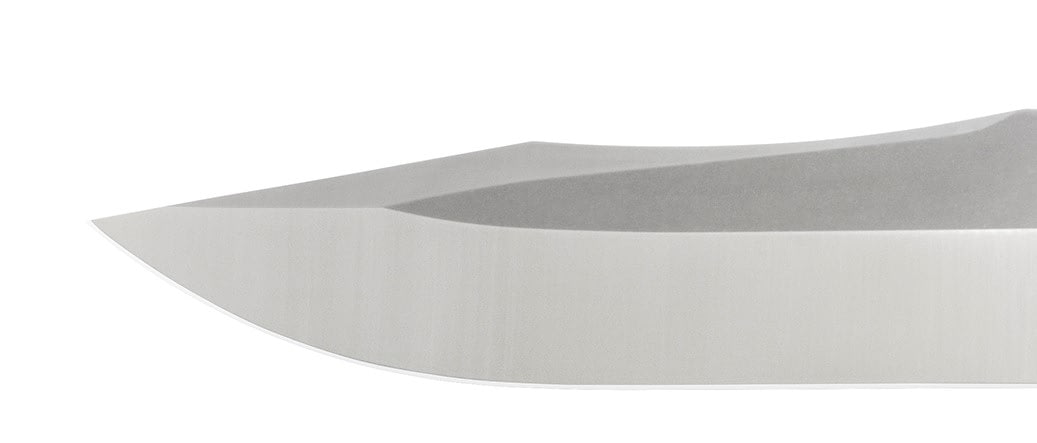
Plain edge knives have one sharp edge throughout the blade. This design is what most people picture when they think of a knife - a continuous blade that gives you control of your cuts and can slice through soft objects with ease. Plain edge blades are great for everyday carry (EDC) knives, pocket knives, and camping knives. They can easily cut through standard rope, but they are not the best choice for tougher plastics or synthetic ropes.
Serrated Edge Blades

Serrated edge knives are basically mini saws with toothed edges on the cutting surface. They are great for cutting through rougher textures like bread or vegetables, which is why many kitchen knives have serrations. A downside to serrated edge blades is that they are much more difficult to sharpen than a plain edge knife.
Partially Serrated Edge Blades
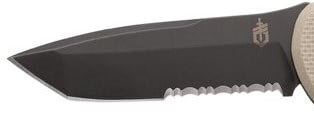
Partially serrated edge knives feature both a plain and serrated edge on the cutting surface. This edge type is incredibly versatile, and it is an ideal choice for anyone who wants a knife that can adapt to your needs in a pinch.
All Different Types of Knife Blades
While edge designs are certainly important, knife blades also come in many different shapes and sizes that further identify their ideal use. Review these thirteen types of knife blades to help find the best blade for your needs.
Tanto Blades

Tanto knives have a reinforced tip and no belly, which means they excel at penetration but lack cutting ability. Tanto blades are found on many tactical and combat knives because the strong, sharp edge makes for a great self-defense tool.
Reverse Tanto Blades

Reverse tanto knives are exactly what they sound like - a tanto blade flipped upside down. This gives the knife a belly, which enhances its cutting ability. While the extra utility is nice, the tip of reverse tanto blades isn’t as strong as its counterpart. These blades are great for EDC pocket knives because they are versatile and still offer great potential for self-defense.
Sheepsfoot Blades

Sheepsfoot knives feature a sharp cutting edge and dull back so that you can safely use your fingers on the dull end for enhanced control and cutting power. Originally designed for trimming sheep hooves, these blades are great for cutting and chopping tasks where you want to avoid penetration. Sheepsfoot blades are ideal for fisherman cutting lines or EMTs who need to carefully cut a seatbelt. The drawback to a sheepsfoot blade is that the weak tip can easily break off since it is not designed for piercing objects.
Wharncliffe Blades

Wharncliffe knives are just like sheepsfoot except for the curvature of the spine. Sheepsfoot blades have a very steep curve at the tip, where wharncliffe blades have a more gradual curve. These blades excel at the same cutting tasks as sheepsfoot blades. However, they also have a weak tip that is prone to breaking.
Drop Point Blades

Drop point knives are one of the most popular blade designs out there. These knife blades are versatile and have a simplistic design. They feature a slight curve on both the cutting edge and back of the knife, which allows them to cut, saw, and pierce materials with ease. If you’re unsure about what type of knife blade to get, drop point is usually the best choice. Drop point blades make for great EDC knives since they can handle just about any cutting, opening, or slicing task throughout the day
Clip Point Blades

Like drop point blades, clip point knives are incredibly popular due to their versatility and simplistic design that anyone can use. The biggest difference between the two is that clip point blades feature a steep curve on the back of the knife towards the tip. This provides more control over the knife while sacrificing a bit of its strength. Clip point blades inspired the Bowie knife design, and their enhanced piercing ability makes for an excellent survival knife.
Spear Point (Dagger Point) Blades

Spear point knives feature a symmetrical curve on both edges of the knife that meet at the tip. Both sides of the knife are usually sharpened, which makes spear point one of the best knife blades for piercing. Spear point blades are often referred to as daggers, and they are a common blade choice for throwing knives. If you want a tactical self-defense knife, you can’t go wrong with a spear point blade.
Trailing Point Blades

Trailing point knives have a long cutting edge that curves upward to meet the spine at the tip. This results in a large belly that excels at cutting tasks. Even though the tip seems sharp, these knife blades aren’t meant for piercing objects. Trailing point blades are commonly used for food preparation, field dressing or filleting fish, which makes them a great choice for hunting knives or fillet knives.
Standard Blade (Straight Back) Blades

Standard blade knives, also known as straight back, feature a flat, dull spine that allows you to safely apply extra pressure during cutting and slicing tasks. This type of knife blade differs from drop point because the sharp end of the knife curves upward at the tip, which reduces some of the knife’s belly for cutting. If you want a blade for cutting and chopping, the straight back knife is perfect for you. However, the large dull back of the knife adds a bit of extra weight, so keep that in mind while browsing.
Gut Hook Blades
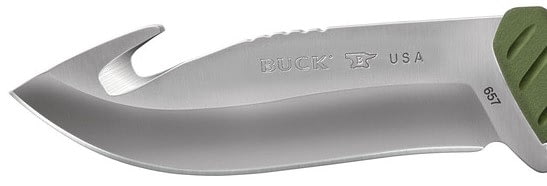
A gut hook is more of a feature than an actual type of knife blade. It is a sharp hook on the back of the knife towards the tip that curves upward and back towards the handle. Gut hooks are a key component of many fishing and hunting knives because they excel at cutting lines and field dressing game without damaging the meat, and there are some knives that are only designed to be gut hooks.
Hawkbill Blades

Hawkbill knives, also known as talons or karambits, feature a curved cutting edge and dull back that curves downward. These knife blades resemble a sharp claw and are great for tasks that require pull cuts like stripping carpet. While hawkbill blades look fierce, they are not recommended for self-defense unless you are properly trained to handle them in that manner.
Pen Blades

Pen blades are small and slim which is why they are commonly used for pocket knives and multi-tools. This type of knife blade doesn’t excel on its own outside of whittling and small cutting tasks. Instead, pen blades are useful because they’re compact, and a multi-tool with a pen blade is perfect for EDC or camping.
Spey Blades

Spey blades resemble small scalpels and are mainly used for skinning or speying animals. Spey knife blades are also found in many multi-tools. They have a dull tip that cannot stab well. This type of knife blade is typically only good for skinning game or anything you’d need a scalpel for.
How to Shop for the Perfect Knife by Blade Type
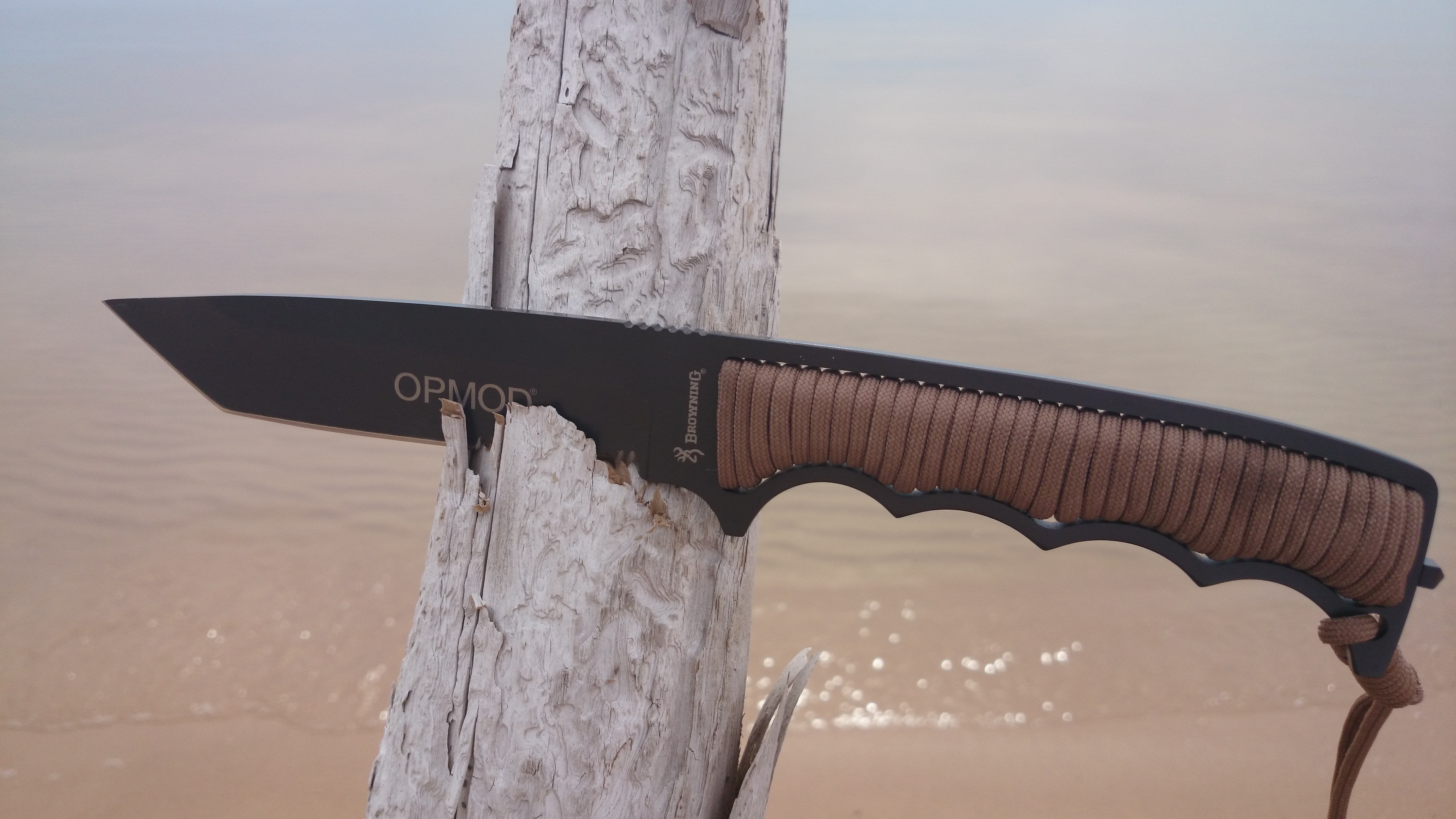
Knife blades come in many shapes and sizes, and choosing the right one is important if you want the best knife for your needs. Figuring out why you want to buy a knife is the hardest part. After that, you can follow this guide to determine what edge style and type of knife blade is best for you. For more information, check out our Ultimate Guide to Pocket Knives to learn more about shopping for an EDC blade.
